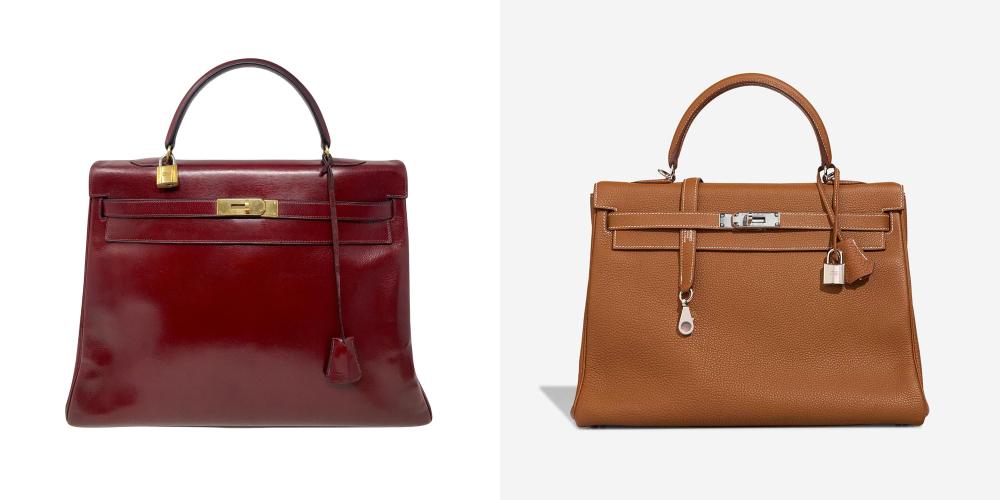Summer sale discount off 50%! Shop Now
Currency
Why Hermes Bags Are Timeless
- Home
- ReplicaX Blog | Style Guides and Insider Secrets
- Why Hermes Bags Are Timeless
Why Hermes Bags Are Timeless
Sep 29, 2025
By
Sophia Whitmore
0 comment(s)
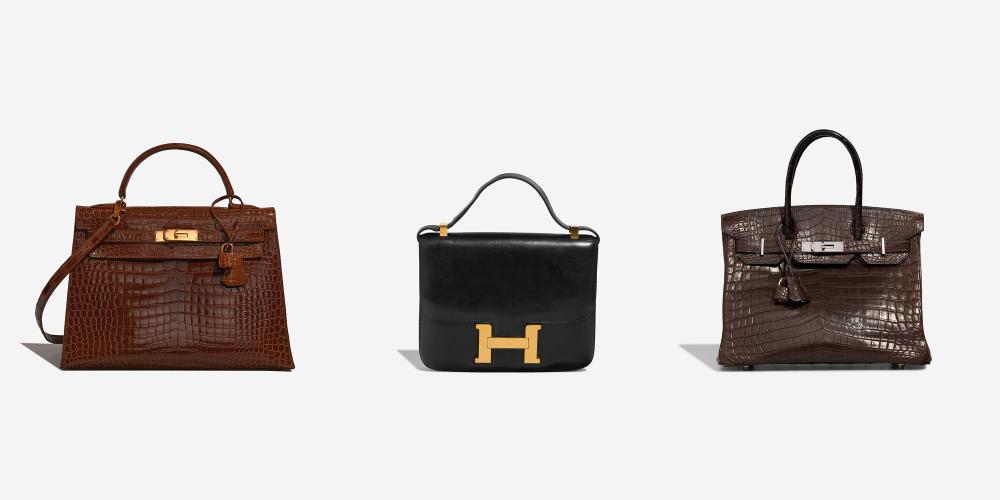
Luxury fashion often feels like a revolving door. One season’s “it-bag” becomes the next season’s clearance item. But Hermes is different. Its bags—whether the Kelly, the Birkin, or the Constance—don’t fade with time. They endure. They don’t just accessorize an outfit; they anchor a wardrobe across decades.
So why are Hermes bags timeless? The secret lies in their design philosophy: a fusion of craftsmanship, minimalism, superior materials, cultural resonance, and controlled scarcity. Every detail is intentional, every stitch considered. Together, these choices create pieces that not only survive trends but transcend them.
Hermes Timeless Design: Craftsmanship as Philosophy
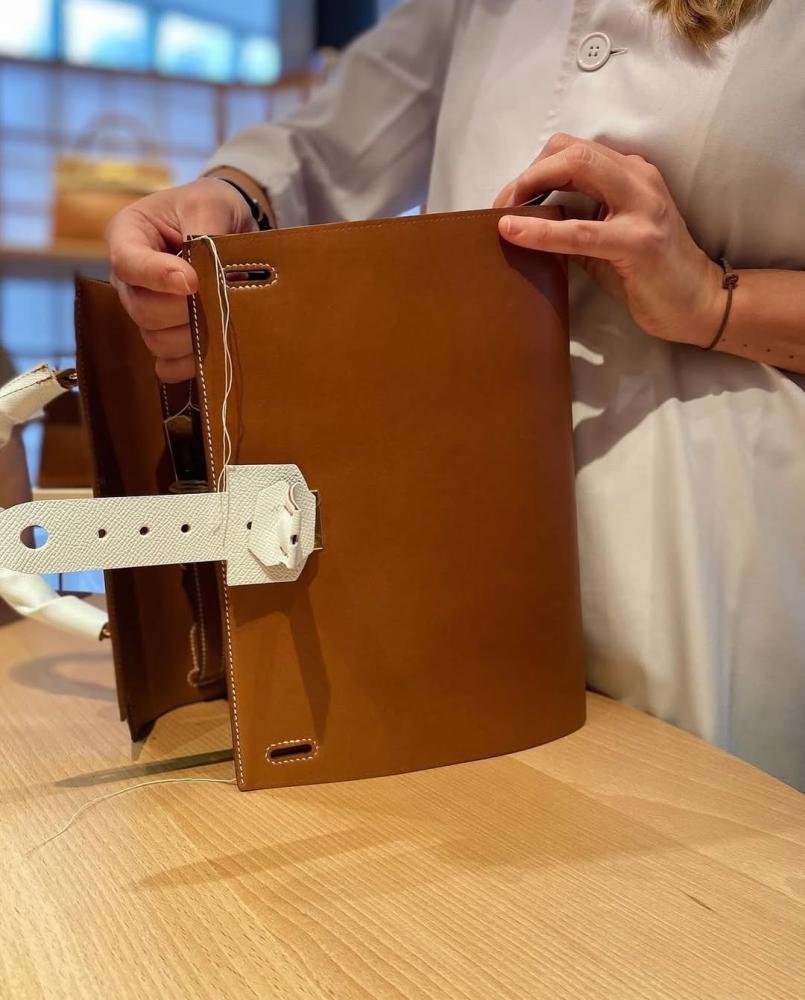
At Hermes, craftsmanship is not a marketing tagline. It is the backbone of the brand. Every Hermes bag is assigned to a single artisan who takes it from raw materials to finished piece. This approach—rare even in luxury—ensures absolute accountability and cohesion.
Consider the saddle stitch, a centuries-old technique adapted from equestrian saddlery. Unlike machine stitching, where a single broken thread can unravel a seam, the saddle stitch interlocks two needles, making it nearly impossible to pull apart. Hermes artisans train for years to perfect this stitch, and the difference is tangible: Hermes seams don’t just hold—they last lifetimes.
Even the smallest detail, like edge painting, is done with precision. Instead of a single coat, artisans apply multiple layers of wax, sanding between each, to create edges that resist cracking. The handles are reinforced with hidden leather cores, preventing sagging over decades of use.
The result is not just a bag but an heirloom. While many designer bags deteriorate with heavy use, Hermes bags develop a patina—a deepening of color and character that enhances beauty. Owners often say their Birkins look better after ten years than on the day of purchase.
For a detailed look at how Hermes craftsmanship has evolved, see our Hermès blog.
Minimalism with Meaning: The DNA of Hermes Classics
Hermes understands that restraint is more powerful than excess. Unlike brands that chase attention with oversized logos or flamboyant embellishments, Hermes designs are built on clean lines and subtle forms.
Take the Kelly bag. Its trapezoid structure and single top handle create a silhouette that feels both classic and modern. Paired with a silk scarf in the 1960s or styled with a tailored blazer today, the Kelly always feels appropriate. Its beauty lies in proportion—neither too rigid nor too soft, perfectly balanced between elegance and practicality.
Logos are kept discreet. The Hermes stamp is embossed in small, delicate lettering beneath the flap—visible only if you look closely. This subtlety is deliberate. A bag that relies on design rather than branding does not date itself when logos fall out of fashion, as they inevitably do.
This philosophy of minimalism reflects timeless principles of design—geometry, symmetry, and proportion. Human beings naturally perceive balance as beautiful, and Hermes taps into this instinct. It’s not about being plain—it’s about being enduringly right.
Materials That Ensure Luxury Fashion Longevity
If design is the skeleton of timelessness, materials are the skin. Hermes sources only the finest leathers and exotic skins, each chosen for qualities that ensure longevity.
- Togo leather: Slightly pebbled, resistant to scratches, and forgiving with everyday use. A Togo Birkin from the 1990s can still look pristine today.
- Epsom leather: Embossed with a fine grain, lightweight, and water-resistant, making it perfect for structured bags that retain their shape.
- Box calf leather: Smooth, polished, and historically the leather of choice for early Kellys. While it scratches easily, those scratches blend into a glossy patina that collectors covet.
- Exotics: Crocodile, alligator, lizard, and ostrich leathers add distinct textures and depth, yet never fall victim to passing trends.
Each leather has its personality, but all share one quality: they evolve beautifully. Unlike synthetic or trendy materials used by other luxury brands, Hermes leathers tell a story over decades. A vintage Kelly in box calf leather doesn’t look “worn out”—it looks seasoned, like fine wine or antique wood.
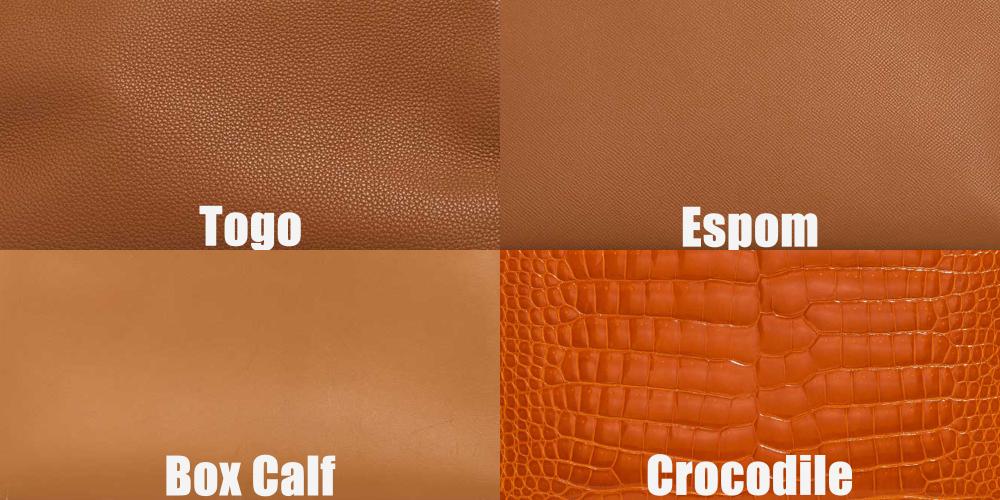
Hermes Classics: Iconic Models That Endure
Hermes has mastered the paradox of making bags tied to cultural moments while remaining timeless.
The Kelly: Elegance and Refinement

Originally called the Sac à Dépêches, the bag gained global fame in the 1950s when Grace Kelly, then Princess of Monaco, used it to shield her pregnancy from paparazzi. That image—Grace Kelly in her tailored suit with the structured bag—cemented the Kelly as a symbol of refinement.
Yet it isn’t locked in the 1950s. Today, fashion-forward women pair the Kelly with jeans and sneakers. Its structure makes it versatile: formal enough for evening wear, understated enough for day-to-day.
The Birkin: Casual Luxury

In 1983, actress Jane Birkin lamented to Hermes CEO Jean-Louis Dumas that she couldn’t find a bag roomy enough for everyday use. Together, they sketched the Birkin on an airplane sick bag. The result was revolutionary: a structured yet relaxed tote with generous capacity.
The Birkin became the ultimate symbol of understated wealth—not flashy, but unmistakably refined. Whether carried by Lady Gaga in crocodile or by a minimalist influencer in Togo leather, the Birkin adapts without losing identity.
The Constance: Chic Modernity
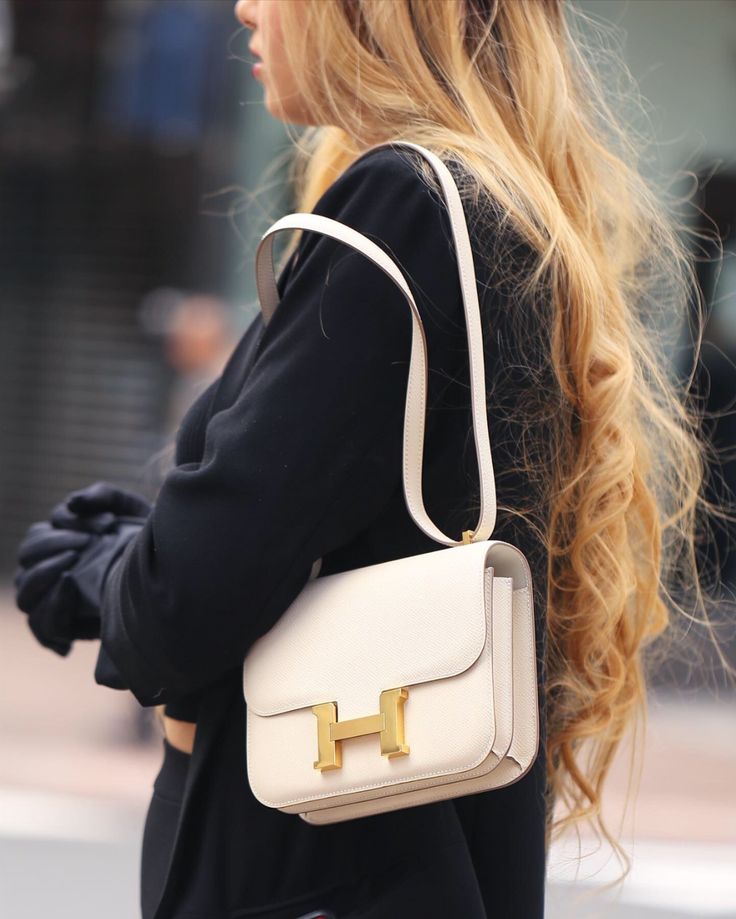
Launched in 1969, the Constance introduced a bold yet refined feature: the “H” clasp. In an era dominated by logo mania, the Constance avoided looking garish. The clasp functioned as a piece of jewelry—sleek, polished, and proportionate. Its crossbody design anticipated today’s lifestyle needs, making it as relevant now as at its debut.
Scarcity as a Design Choice in Luxury Fashion Longevity
Scarcity is central to Hermes’ aura. Bags aren’t mass-produced; they’re genuinely limited by artisanal output. A single artisan can take 20–25 hours to make one Birkin. Multiply that by thousands of customers worldwide, and scarcity is inevitable.
This scarcity isn’t fabricated like “limited drops” in streetwear—it’s authentic. That authenticity preserves desirability. Waiting lists, private client appointments, and long acquisition journeys make the purchase feel ceremonial.
In contrast, many luxury houses dilute value by flooding the market. When a logo bag appears on every influencer’s feed, it loses its mystique. Hermes avoids this trap by allowing supply to remain naturally constrained. The bag isn’t just hard to buy—it feels earned.
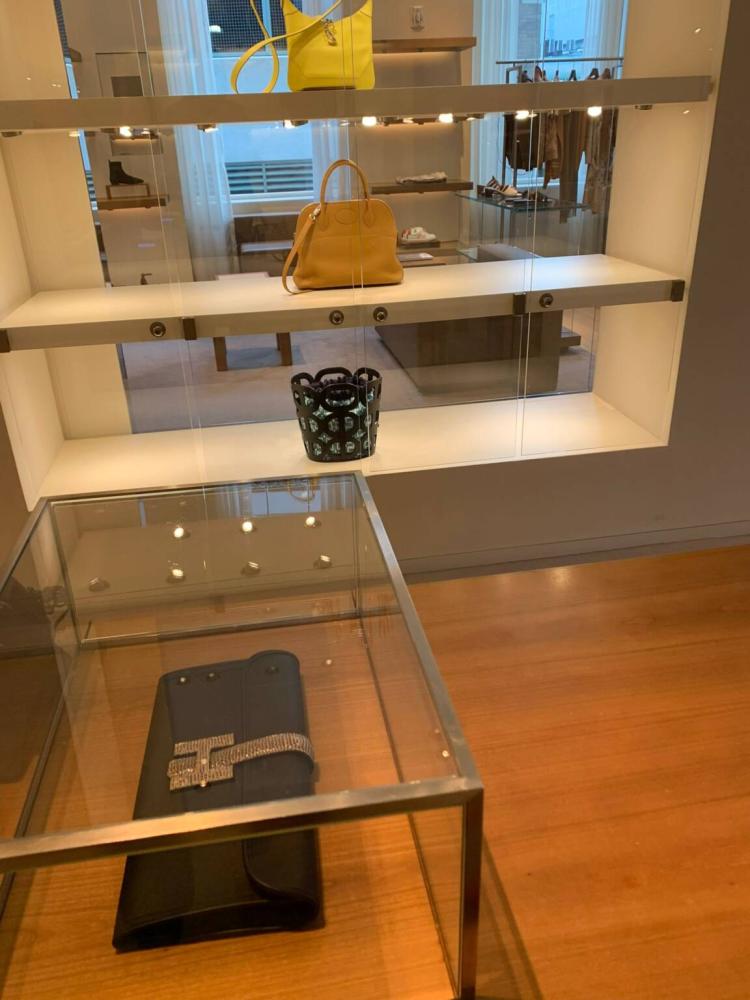
Cultural Anchors That Keep Hermes Timeless
Cultural icons give Hermes bags relevance across generations.
- Grace Kelly transformed the Sac à Dépêches into the Kelly.
- Jane Birkin elevated a practical tote into the Birkin, now the most famous bag in the world.
- Modern figures from Victoria Beckham to Kylie Jenner showcase them today, reinforcing their continued presence in pop culture.
But Hermes has avoided tying its designs too tightly to fleeting celebrities. Instead, the associations are archetypal: refinement, independence, and achievement. These qualities transcend any one person or era.
That’s why a teenager encountering the Kelly for the first time sees it as elegant, even without knowing its history. The cultural anchor is broad, not narrow—it’s about timeless values, not temporary fame.
Hermes Bags as Investments in Timeless Design
Hermes bags don’t just resist depreciation—they often appreciate. Studies have shown Birkins and Kellys outperform traditional investments like stocks or gold over certain periods.
Auction houses like Christie’s and Sotheby’s routinely sell vintage Birkins for multiples of their retail price. In 2017, a Himalaya Birkin set a world record at auction for over $300,000.
This investment potential reinforces timelessness. Owning an Hermes bag isn’t frivolous—it’s strategic. Unlike most luxury items that lose value upon purchase, Hermes bags become assets passed through generations.
Evolution Without Compromise: Hermes Classics in the Modern Era
Timelessness doesn’t mean stagnation. Hermes continuously refines its offerings, but always with precision.
- The Mini Kelly taps into the micro-bag trend without losing the elegance of its larger counterpart.
- Seasonal color releases—like Vert Cypress or Bleu Jean—keep collectors engaged.
- Variations in hardware, from palladium to rose gold, allow personalization without altering the silhouette.
For more insights on how Hermes icons evolve while staying true to tradition, visit our Hermes blog.
This is how Hermes adapts: by tweaking without compromising DNA. The bag remains recognizable, yet it feels fresh for each new generation.
Hermes Timeless Design vs. Trend-Driven Fashion
To understand Hermes’ endurance, compare it to other luxury houses.
- Logo-driven bags rise and fall with logo trends. What looked desirable in 2005 can feel gaudy in 2025.
- Seasonal designs can feel exciting in the moment but often look dated once the season passes.
- Mass production erodes scarcity, making resale values plummet.
Hermes sidesteps all of this. Its designs are restrained, materials timeless, production limited. Where other brands live and die by the trend cycle, Hermes exists outside it.
Emotional Resonance: The Final Layer of Hermes Timeless Design
Beyond aesthetics and value, Hermes bags carry emotional weight. They mark milestones—first major job, anniversaries, personal achievements. They are often passed down as heirlooms, gaining layers of meaning with each owner.
A mother’s Kelly carried to board meetings in the 1980s may be worn by her daughter at graduation in 2025. It’s not just a bag—it’s continuity, memory, and identity.
This emotional resonance cements timelessness. A bag tied to legacy doesn’t expire; it becomes more powerful with each generation.

Conclusion: Hermes Classics and the Future of Luxury Fashion Longevity
Hermes bags are timeless because every detail works toward longevity. From hand craftsmanship and structural design to material choice, cultural anchors, and controlled scarcity, nothing is left to chance. They don’t chase trends—they resist them. They don’t just last decades—they grow more meaningful with time.
In a world where fashion is obsessed with the next big thing, Hermes shows that the ultimate luxury isn’t novelty—it’s permanence. Owning a Hermes bag isn’t about keeping up with fashion. It’s about stepping into a continuum that will remain stylish long after the trend cycle has moved on.
Recent Posts
